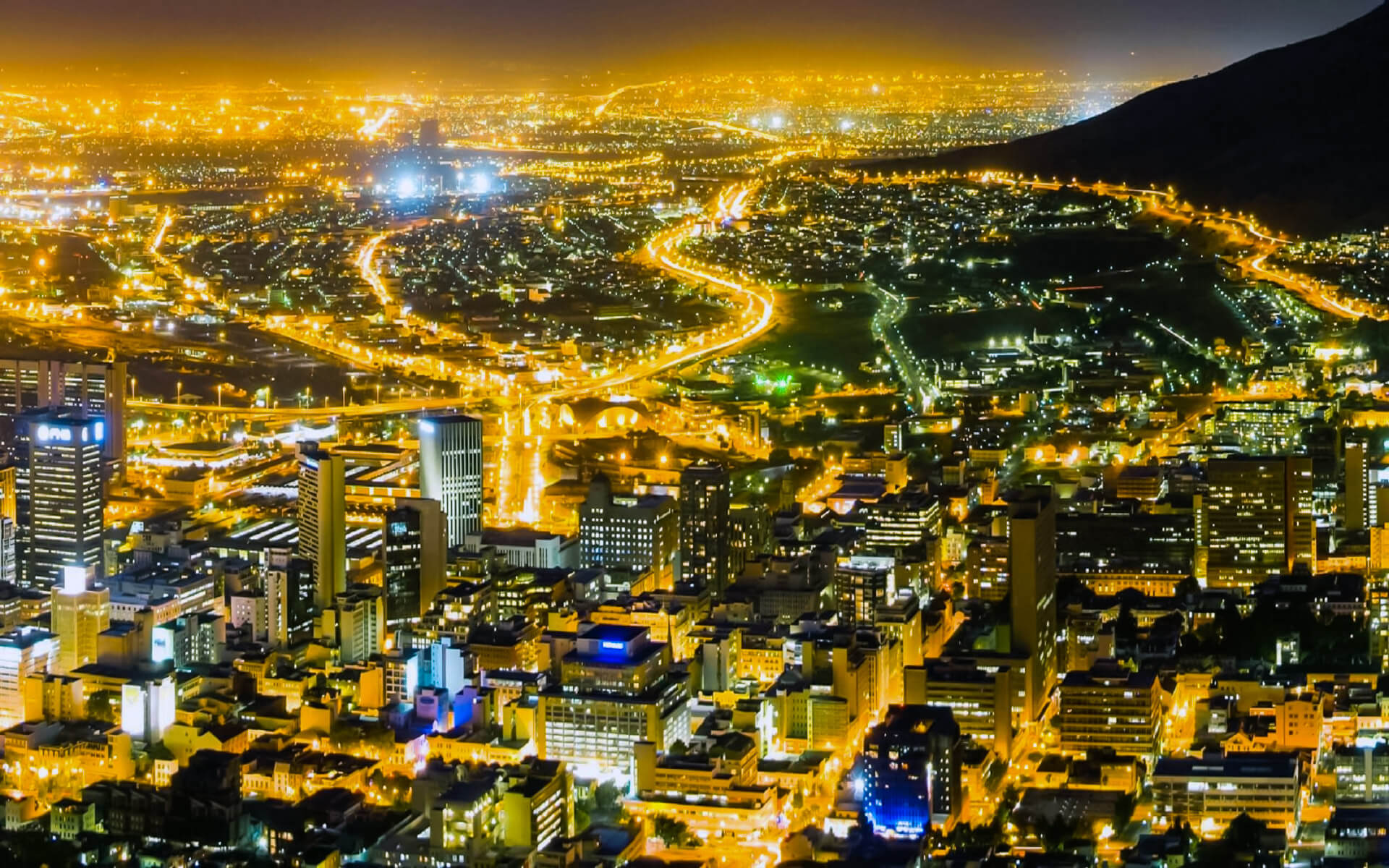[lwptoc]
Accra is Ghana’s capital and biggest city, with a population of 2.27 million people. It is also the coterminous capital of the Greater Accra Region and the Accra Metropolitan District.
Accra is a city on Ghana’s Atlantic coast that extends north into the country’s interior. It was originally established around a harbor and served as the British Gold Coast’s capital from 1877 until 1957. Accra, which was formerly only a 19th-century suburb of Victoriaborg, has evolved into a contemporary metropolis, with architecture spanning from 19th-century architectural structures to modern skyscrapers and apartment towers.
Accra is the economic and administrative center of the Greater Accra area. It also serves as a hub for a variety of nightclubs, restaurants, and hotels.
A number of new structures have been constructed since the early 1990s, notably the multi-story Novotel hotel, which is owned by the French. The National Theatre of the city was constructed with Chinese aid. Accra was named a Gamma-minus-level global city by the Globalization and World Cities Research Network in 2010, suggesting an increasing degree of international impact and connection.
Accra is the tourism capital of the Greater Accra area, with a diverse range of hotels, monuments, museums, and nightclubs. The Labadi Beach Hotel, the La Palm Royal Beach Hotel, and the Movenpick Ambassador Hotel are the city’s three five-star hotels. Conference tourism is possible because to the Accra International Conference Centre and other meeting facilities.
Accra is also home to the National Museum and the National Theatre, both of which have striking contemporary Chinese architecture.
The Jamestown section of the city is home to the Ussher Fort and James Fort, as well as Osu Castle (also known as Christiansborg), which was erected by Danish immigrants in the 17th century.
The Flagstaff House (the President of Ghana’s office), the Ghanaian Parliament House, the Ghana-India Kofi Annan Centre of Excellence in ICT, the Black Star Square, the Accra Sports Stadium, and the Accra Centre for National Culture are all worth seeing.
The Roman Catholic Archdiocese of Accra, which was formed in 1943 as the Apostolic Prefecture of Accra, has its headquarters in the Cathedral of the Holy Spirit. The cathedral was built in 1947.
Accra features an Atlantic beachfront, with Labadi Beach being the most famous, as well as Kokrobite Beach, which is situated 25 kilometers west of Accra. The Academy of African Music and Arts is also located on the seaside.


